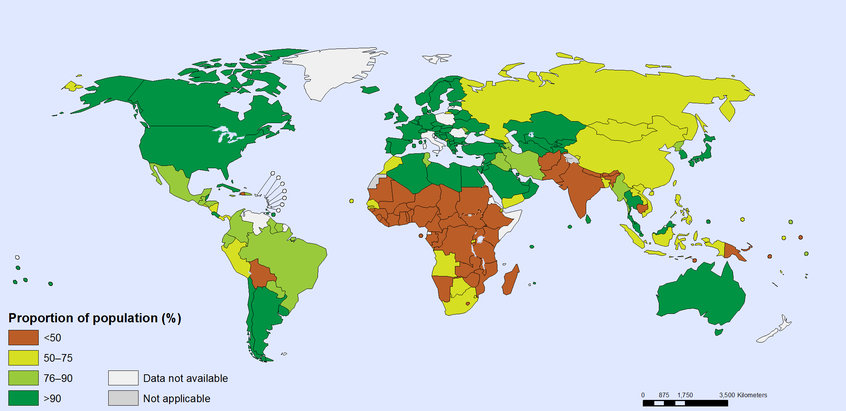Researchers at Cranfield University in the UK have created a prototype of a toilet that works without being connected to water or sewage systems, and that can generate electricity and clean water as it composts waste.
It could even charge your phone.
The Nano Membrane Toilet, which has been developed with funding from the Bill and Melinda Gates Foundation, would be a kind of ‘super-toilet’, helping to improve sanitation for people without access to utilities – at present some 2.5 billion people around the world.
As the name suggests, the toilet works with the aid of a membrane that separates solid waste from water molecules.
The filtration system is said to be so effective that its water could be used to wash hands. Meanwhile the solid waste passes into a gasifier that burns it to produce electricity, leaving ash that can be put on fields a fertilizer.
The electricity is used to power the filtration system, which uses a combination of sonic waves and a vibrating plate. It also generates a surplus that could be help to charge mobile phones.
Jake Larsson, a doctoral student who is working on the project, told The Sydney Morning Herald last year: “The Nano Membrane Toilet is a project that looks to serve the needs of people in developing countries to stop a major spread of disease, which is inadequate sanitation.

A 2012 World Health Organisation map showing who has access to improved sanitation
“It is a household scale toilet that produces clean water and manageable, pathogen-free, disposable waste, it’s self-standing, it’s small enough to fit in someone’s home and there’s even a little bit of energy left over to charge a mobile phone.
“It is very diverse. Not only it is for developing countries, but it’s also useful for developed countries, maybe for the military, they’re always in desolate places, or for the construction industry or even for yachts.”
The toilet is expected to undergo field trails in Ghana this year. A YouTube presentation of the business case for the toilet, and the technology it uses, is given here.
Top image: A Cranfield poster showing the insides of the toilet
Comments
Comments are closed.











The potential of this innovation in transforming developing societies with poor sanitation systems is simply phenomenal! I hope all of us will be kept in the loop so that when the technology hits the market we would be able to access it?
Incineration (including burning bio-fuels) is bad news. Much better for the atmosphere and soil to compost, using natural bacteria and return to the fields. Carbon in the soil is very important; that’s a central principle of organic farming.
Composting toilets enable this.
This a perfect solution to houses built on flood plains and existing houses subject to flooding, in the UK, and elsewhere. Raising services to high level and solid floors help but traditional sanitation solutions pollute the flood water. Also the lack of toilet facilities prevent people from remaining in their flooded house on the first floor.
It must be a cost effective solution if it is designed for the third world.